Modeling Logistical Growth
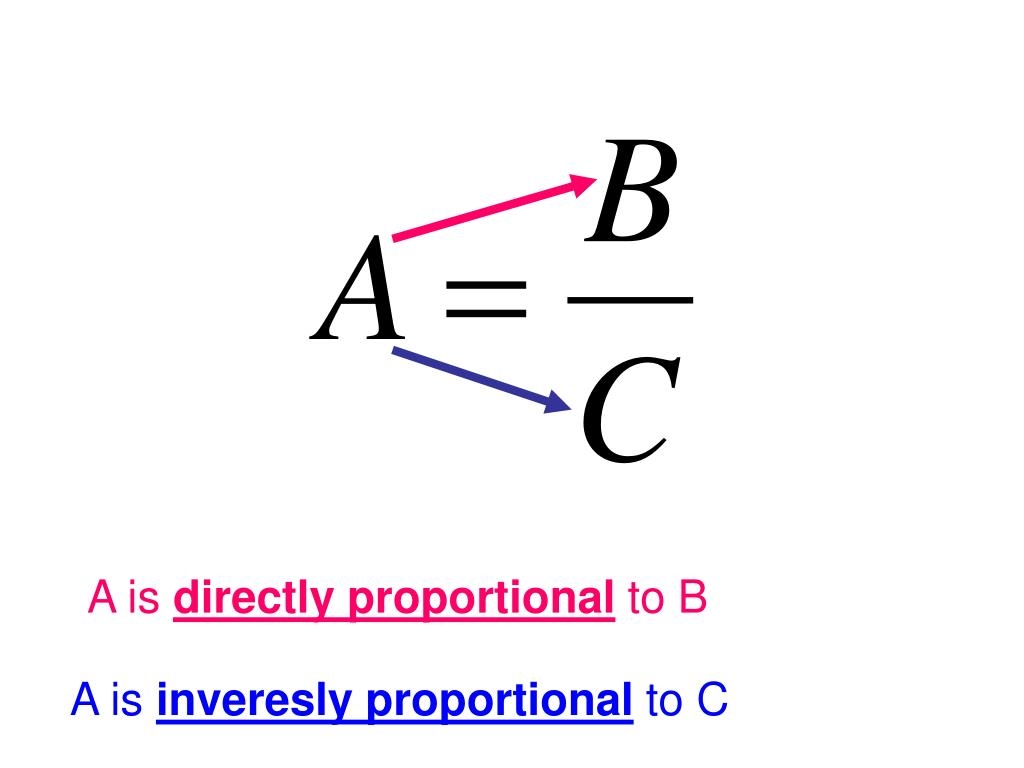
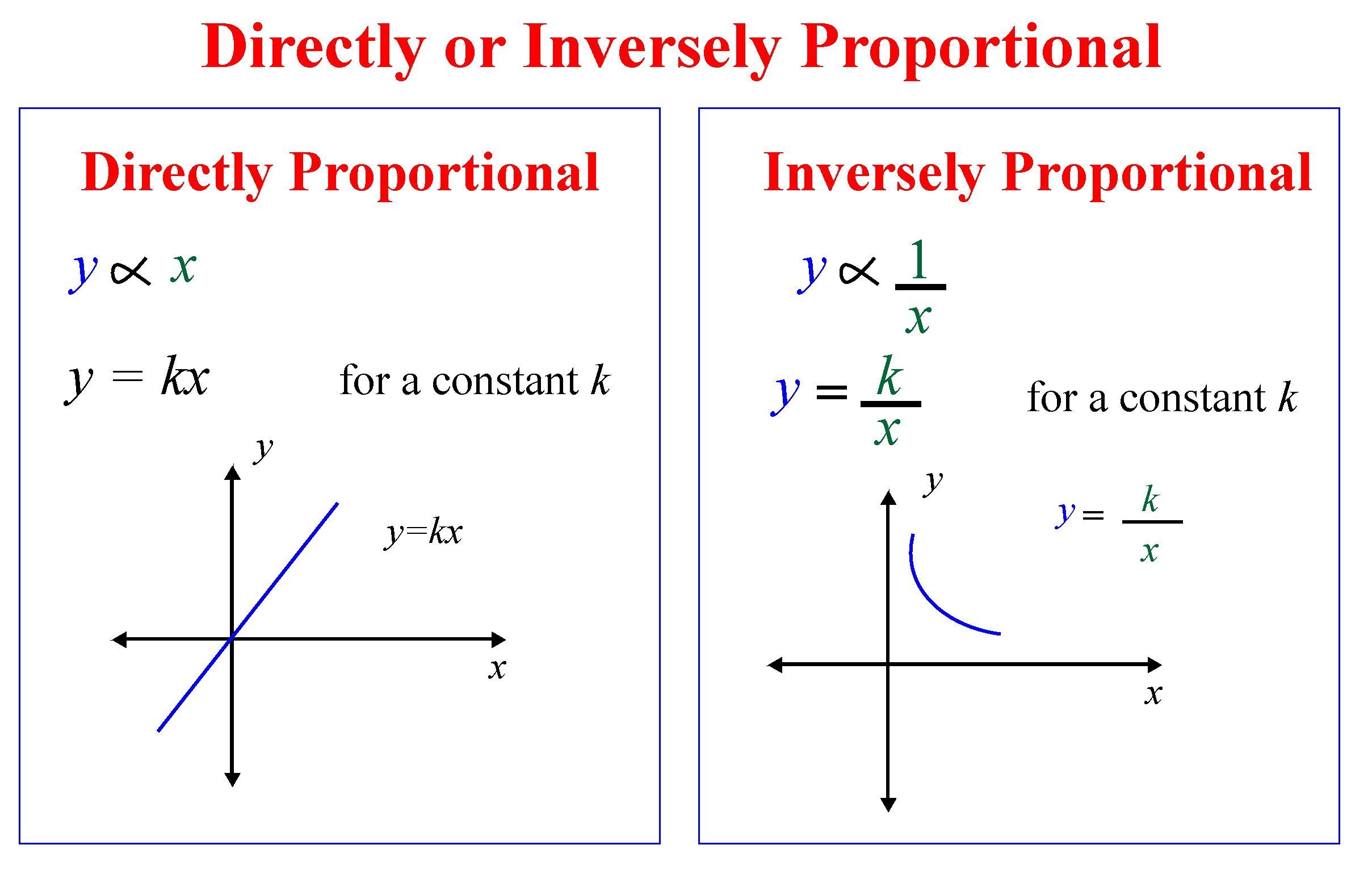
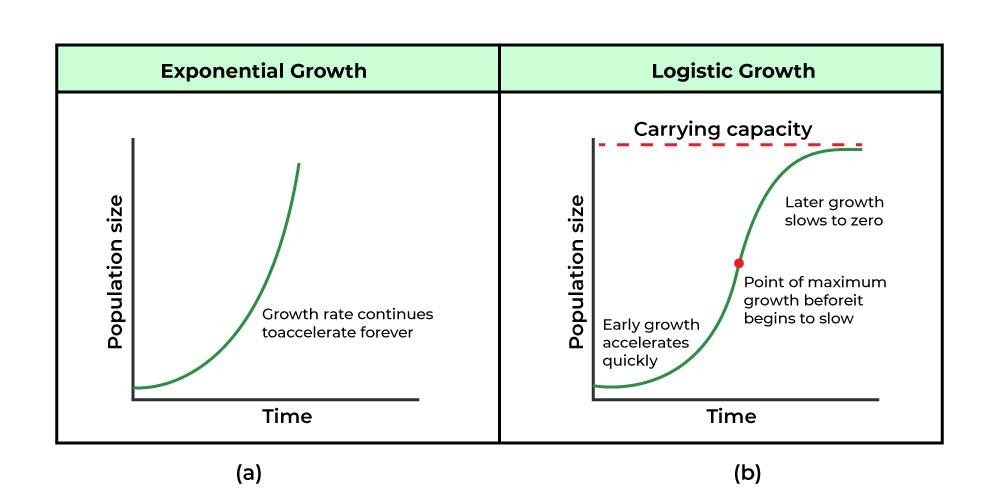
Exponential Growth
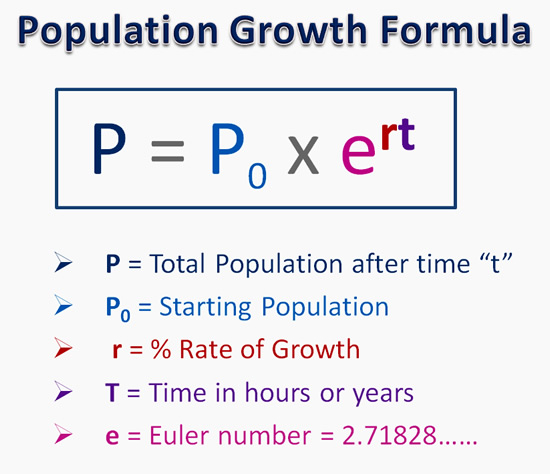
To understand the rate of change of the population over time , we differentiate
this is fine as is , but since we already know
The explicit version
The differential version
"the change in population size over an infinitesimally small time interval is directly proportional to the size of the population at that moment"
The explicit version gives a specific solution given some initial conditions
The differential version provides enables modeling at any moment in time , and is not tied to a specific initial condition.
Logistical Growth
This equation is used for "natural" growth models , where a population grows rapidly at first , but then slows down as it approaches the carrying capacity
To understand the dynamics of the logistic growth rate at any point in time , we differentiate
To make life easier , lets define a new variable
Let
Now differentiating both sides :
Pull out constant
Applying Chain Rule :
differentiate
compute derivative of
substitute
simplify :
now "un-substitute" stuff for
or written in another way :
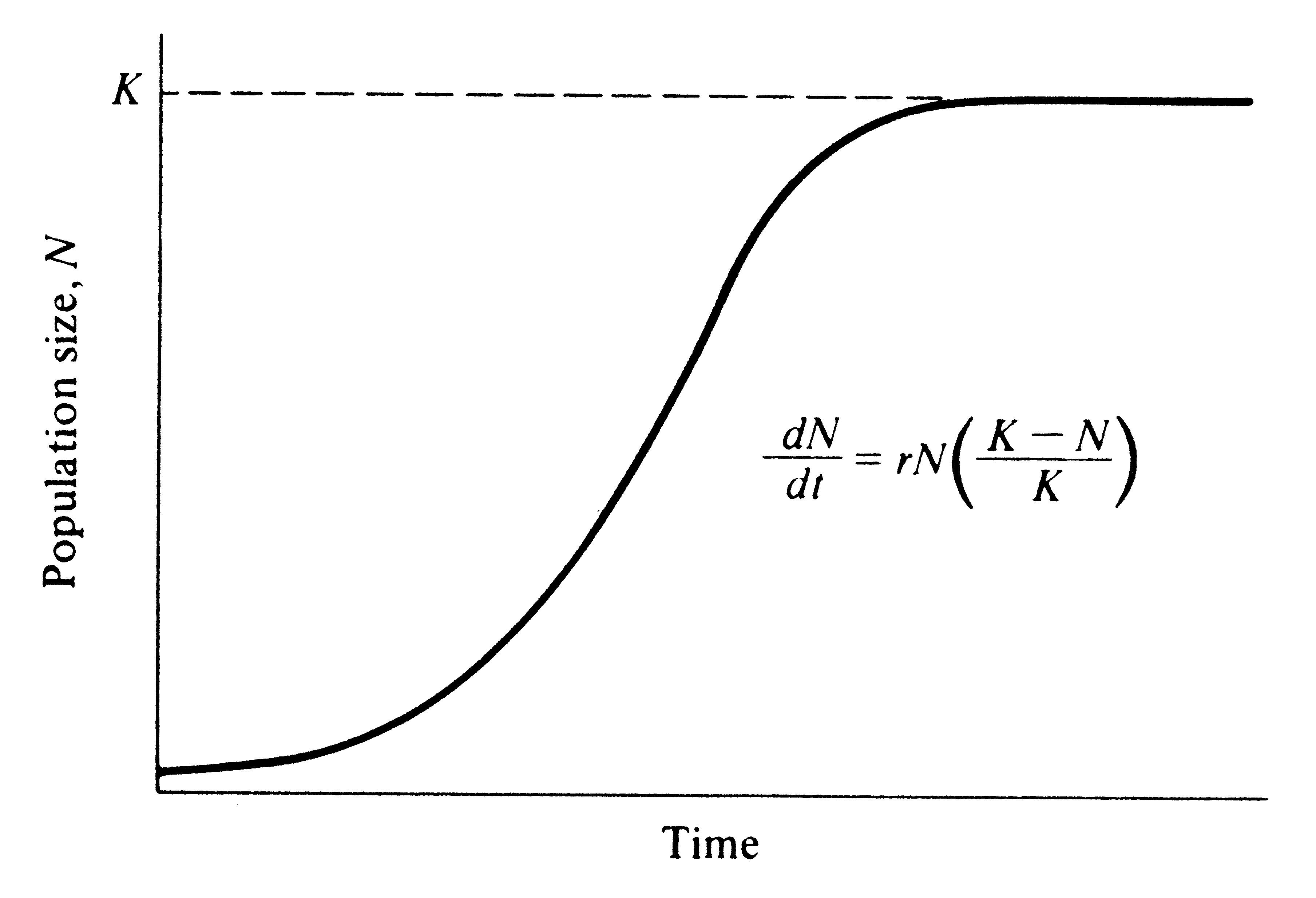
The rate of change of bears ,
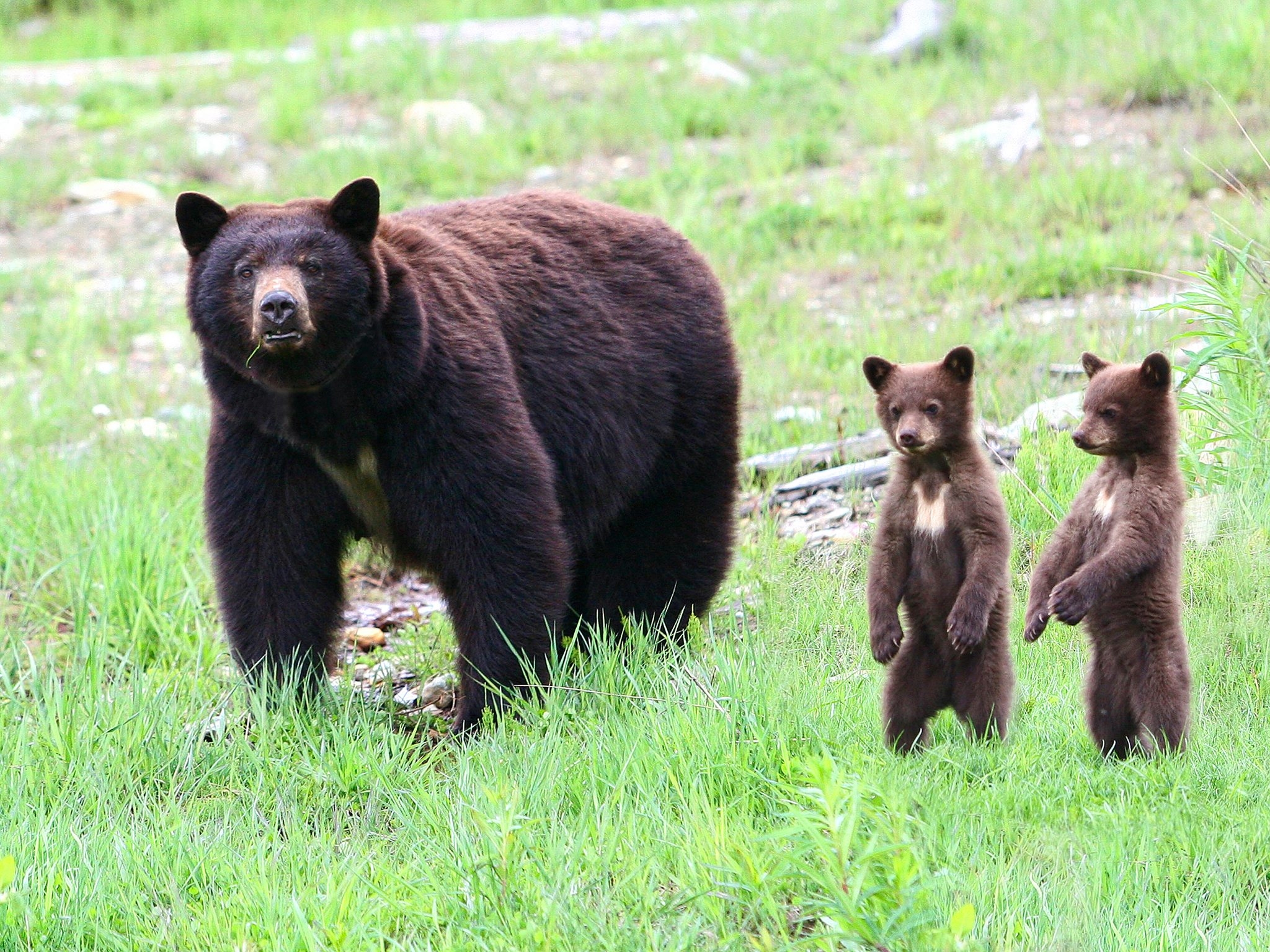
A.) Write and solve a differential equation that describes this scenario.
we are going to assume a logistical growth model because the question prompt had "rate of change ...... is directly proportional"
this indicates the growth rate is not constant , but rather changes with the size of the population
so we are going to use the logistical model instead of any other model ( like exponential )
however , we don't need the full original equation that includes a term that represents part of the carrying capacity that is not yet being used :
they told us there is a linear/direct relationship in the question prompt between the growth rate and the difference from the maximum limit.
this represents a form of the logistic growth rate ,
where the growth rate decreases as
reflects how quickly the population approaches the limit
so now lets solve
separate variables / rearrange :
integrate both sides :
the standard form of the integral
solve for
now we can use the 2 time points we were given to find
using
now that we found
now lets use
solving for
take natural log of both sides :
simplify ;
Final Solution :
B.) Find the bear population in 3 years
C.) Find
as
multiplying it by any positive number and dividing by 2 keeps it negative
therefore :